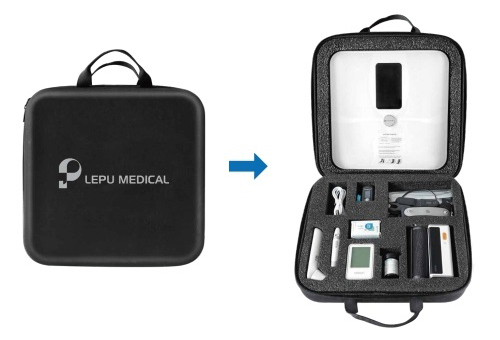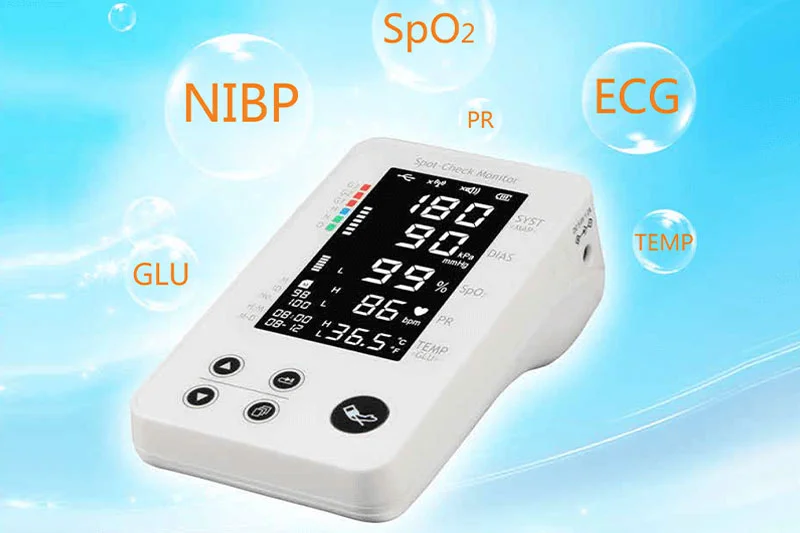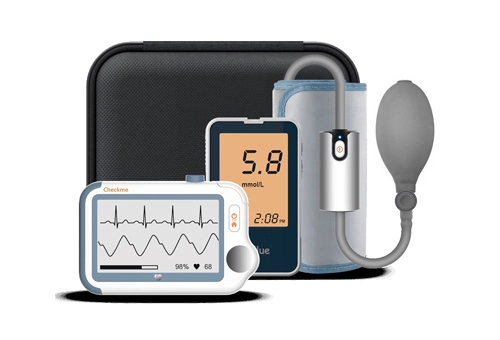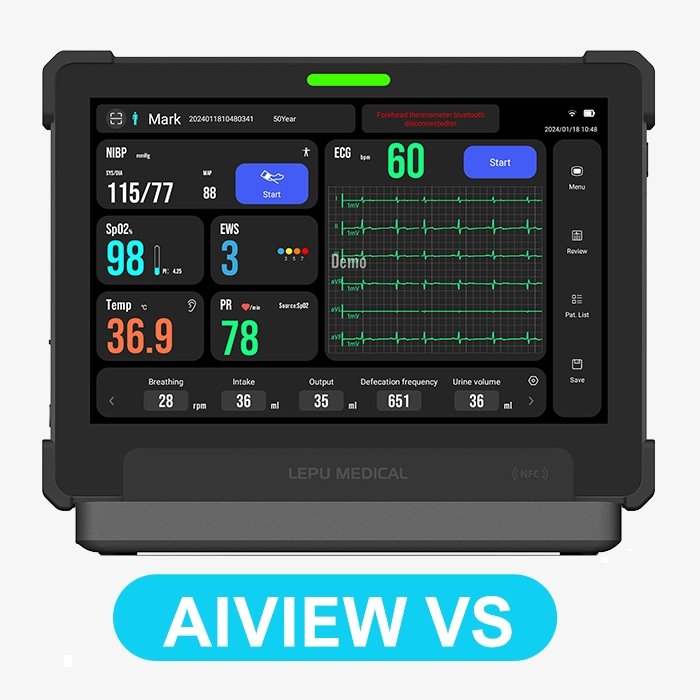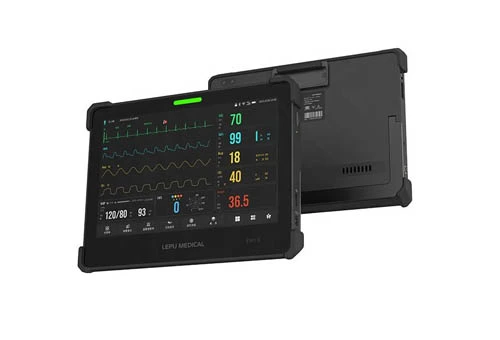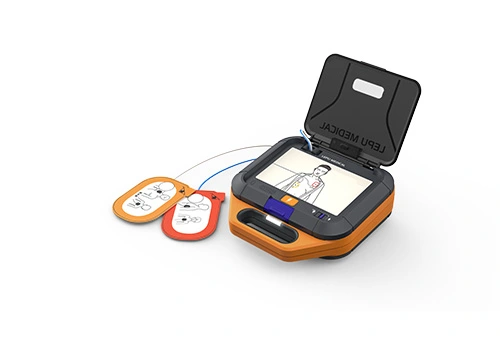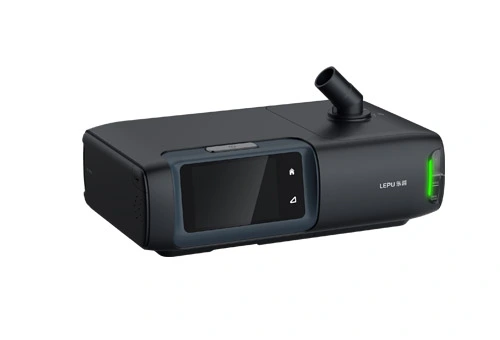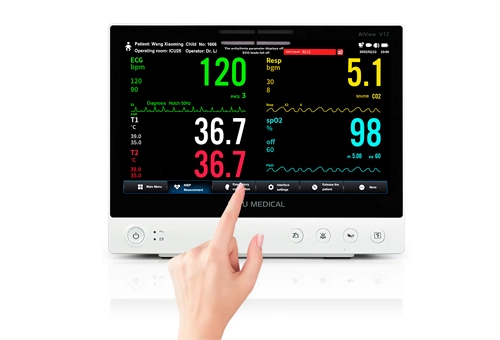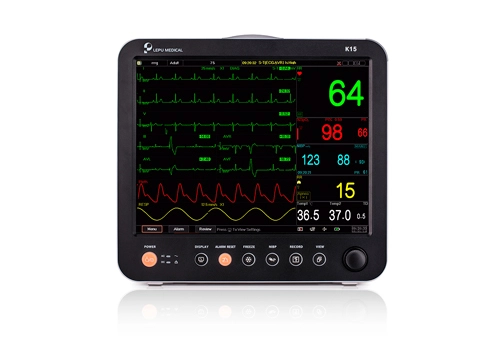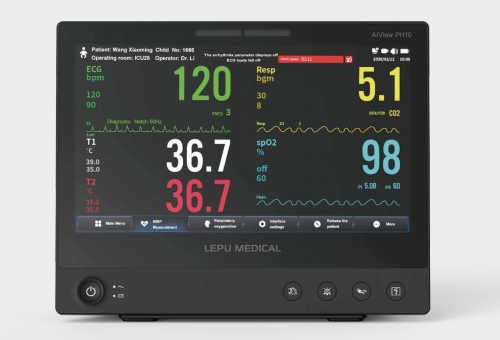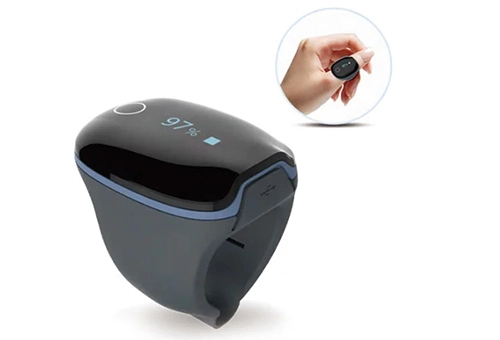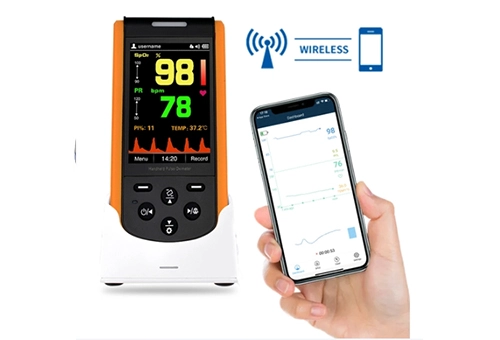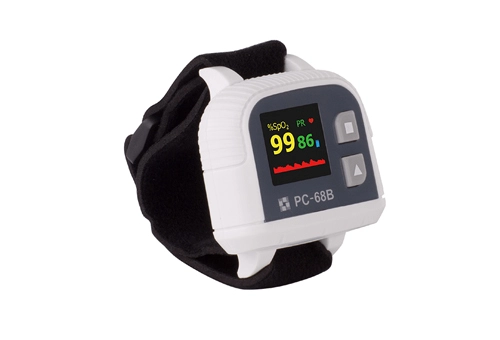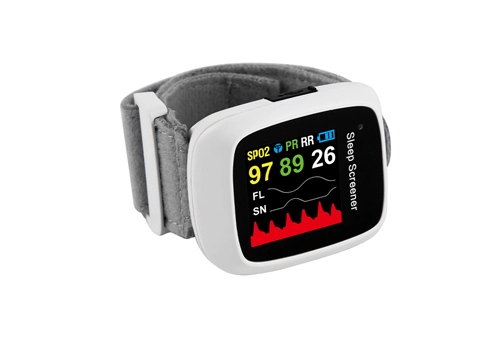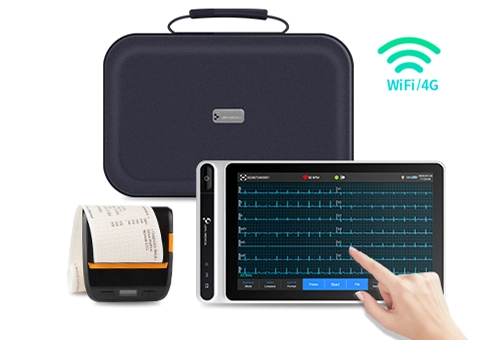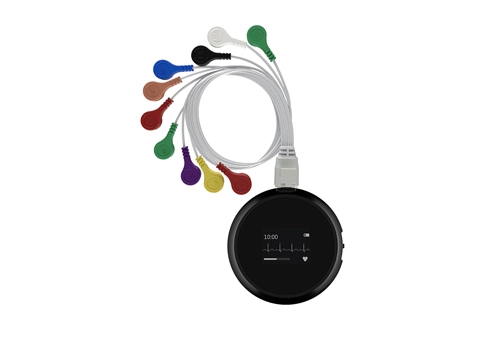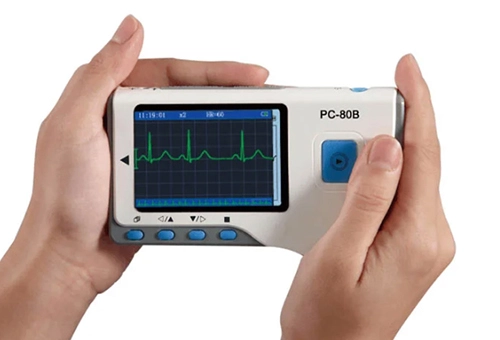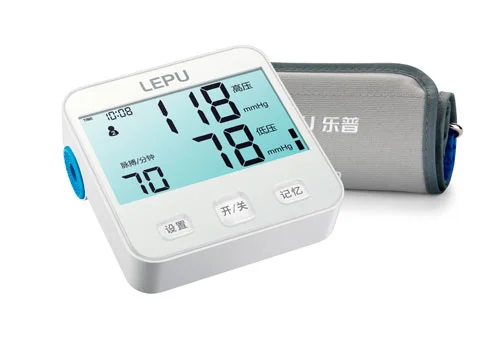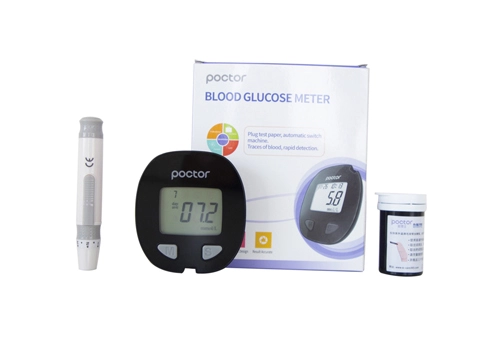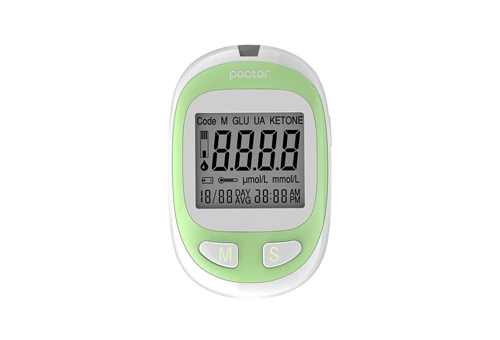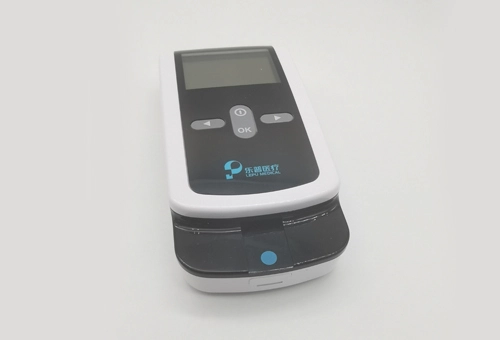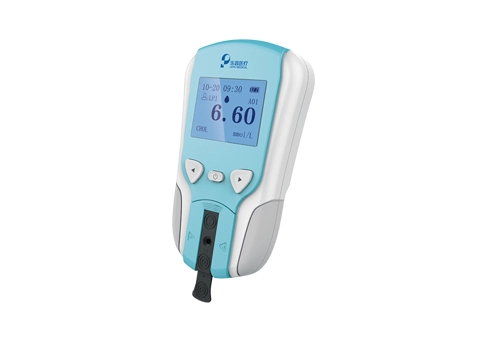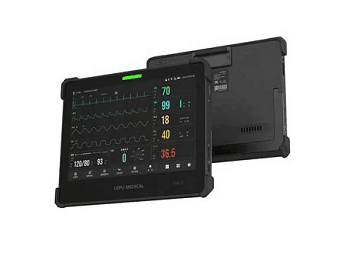What Factors Affect the Accuracy And Reliability of Wrist Pulse Oximeter Readings?
Wrist Pulse Oximeters have gained popularity among people who want to monitor their oxygen saturation levels. These devices are compact, non-invasive, and easy to use. However, the accuracy and reliability of wrist pulse meter readings can vary due to several factors. In this article, we will take a closer look at the factors that affect the accuracy and reliability of wrist pulse oximeter readings.
1. Proper Placement
The first and most crucial factor that affects the accuracy and reliability of wrist pulse oximeter readings is the proper placement of the device. Wrist pulse oximeters are designed to fit snugly around the wrist, with the sensor facing upwards towards the fingertip. If the device is not placed properly, it can lead to inaccurate readings. For instance, if the sensor is facing downwards, it will not be able to detect the pulse accurately, leading to false readings.
2. Movement and Ambient Light Interference
The first and most crucial factor that affects the accuracy and reliability of wrist pulse oximeter readings is the proper placement of the device. Wrist pulse oximeters are designed to fit snugly around the wrist, with the sensor facing upwards towards the fingertip. If the blood oxygen device is not placed properly, it can lead to inaccurate readings. For instance, if the sensor is facing downwards, it will not be able to detect the pulse accurately, leading to false readings.
3. Skin Pigmentation and Nail Polish
The third factor that can affect the accuracy and reliability of wrist pulse oximeter readings is skin pigmentation and nail polish. People with darker skin pigmentation may have difficulty obtaining accurate readings from a wrist pulse oximeter, as the device may not be able to pass through the skin effectively. Similarly, people with nail polish on their nails may also have difficulty obtaining accurate readings, as the polish can interfere with the sensor's ability to detect pulse signals.
It is important to note that wrist based pulse oximeter should not be used as a replacement for professional medical advice. If you have any concerns about your oxygen saturation levels, it is always best to consult a healthcare professional. However, wrist pulse oximeters can provide quick and convenient readings that can help you monitor your oxygen saturation levels at home.
In conclusion, the accuracy and reliability of wrist pulse oximeter readings can be affected by several factors, including proper placement, movement, ambient light interference, and skin pigmentation and nail polish. To ensure accurate readings, it is important to follow the device's instructions carefully and avoid any factors that could interfere with its functionality. By doing so, you can ensure that the wrist pulse oximeter provides reliable and accurate readings of your oxygen saturation levels, helping you to monitor your health and well-being.

